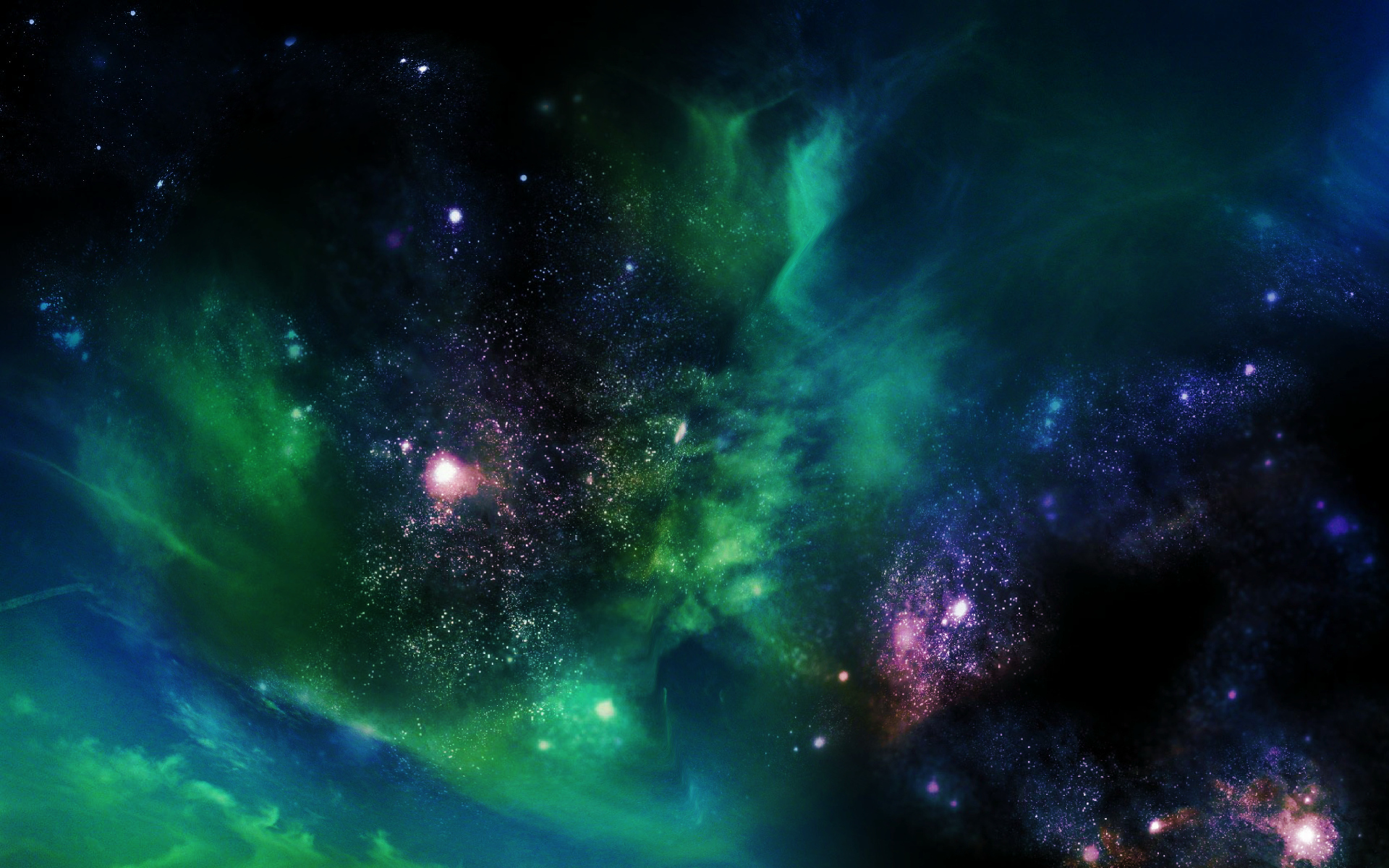
The Cambrian Explosion - around 541 million years ago - was when life and organisms really got going on planet Earth. Now new research has revealed how that explosion of life has left behind traces deep within Earth's mantle.

According to a new study, 555-million-year-old oceanic creatures from the Ediacaran period share genes with today's animals, including humans.

When the asteroid struck our planet some 66 mil years ago, it created a 180-km impact crater and produced a gigantic magma chamber. A new research found that this hydrothermal system supported an entire microbial ecosystem.

New research identifies a process that might have been key in producing the first organic molecules on Earth about 4 billion years ago, before the origin of life. The process may also have relevance to the life elsewhere in the universe.

It's calculated that, thanks to rapid inflation, the universe may contain more than 1 googol (10^100) stars, and if this is the case then more complex, life-sustaining RNA structures are more than just probable, they're practically inevitable.

The title of Earth’s Earliest Life has been returned to the fossils in the Pilbara region of Australia. A new study of the Pilbara fossils has identified the presence of preserved organic matter in those fossils.

Researchers have found among the first and perhaps only hard evidence that simple protein catalysts - essential for cells, the building blocks of life, to function - may have existed when life began.

According to a recent study, space dust could be what brought life molecules to Earth. This same mechanism could be responsible for the distribution of life throughout the Universe.

Could the building blocks for life on Earth have been delivered by meteorites crashing into ponds of water 4 billion years ago?

A team of scientists reports that it has discovered the existence of a white dwarf star whose atmosphere is rich in carbon and nitrogen, oxygen and hydrogen. The white dwarf is approximately 200 light years from Earth and is located in the constellation Boötes.

Ingredients crucial for the origin of life on Earth, including the simple amino acid glycine and phosphorus, key components of DNA and cell membranes, have been discovered at Comet 67P/Churyumov-Gerasimenko.

Humans may feel small when contemplating the universe, but astronomers are closer than ever to at least making us feel a little less lonely thanks to a new method of measuring planetary habitability and advances in telescope technology.